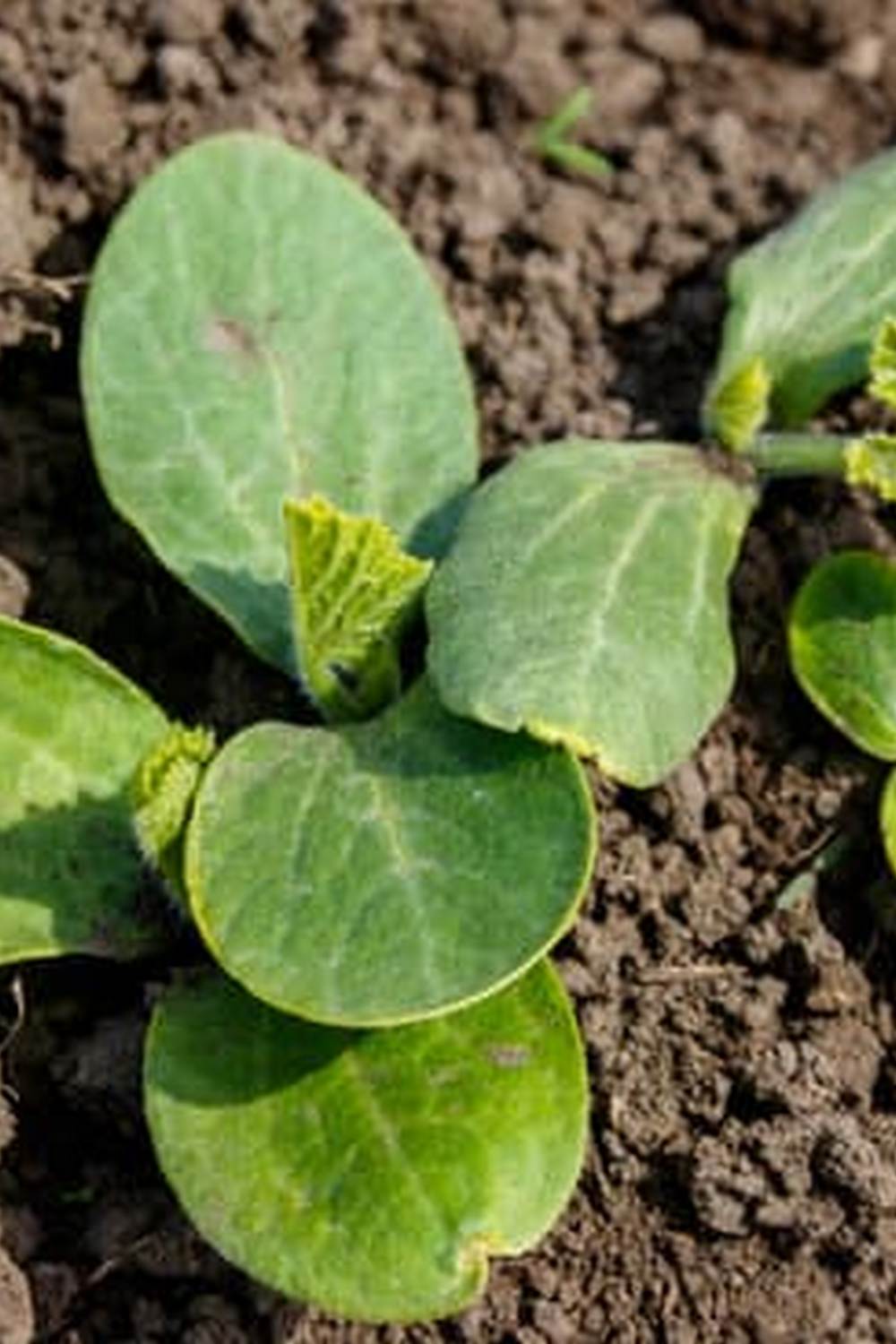Summer vegetable gardens bring vibrant colors, fresh flavors, and an abundance of nutrients to our homes. Embracing the beauty of these gardens allows us to connect with nature and enjoy the fruits of our labor. Whether you are a seasoned gardener or a beginner, there is something special about tending to a summer vegetable garden that brings joy and satisfaction.
Selecting the right vegetables for your summer garden is crucial for a successful harvest. From tomatoes and cucumbers to zucchinis and peppers, there is a wide variety of vegetables that thrive in the warmth of summer. Understanding how to prepare the soil, plant and transplant effectively, and manage pests and diseases are essential steps in ensuring that your summer vegetable garden flourishes.
In this article, we will explore the best practices for creating and maintaining a thriving summer vegetable garden. From selecting the right vegetables to harvesting and enjoying the bountiful produce, we will provide tips and insights to help you make the most of your gardening experience. So roll up your sleeves, grab your gardening tools, and get ready to embrace the beauty of summer vegetable gardens.
Selecting the Right Vegetables for Your Summer Garden
Choosing Heat-Tolerant Varieties
When selecting vegetables for your summer garden, it’s important to choose varieties that can withstand the heat. Look for heat-tolerant options such as tomatoes, peppers, okra, eggplant, and cucumbers. These vegetables thrive in warm weather and will produce a bountiful harvest throughout the summer months.
Considering Space and Sunlight
Before planting your summer vegetable garden, consider the amount of space and sunlight available in your garden. Some vegetables, like squash and zucchini, require plenty of space to spread out, while others, such as lettuce and spinach, prefer partial shade. Take these factors into account when planning your garden layout to ensure that each vegetable has the space and sunlight it needs to flourish.
Planning for Succession Planting
To maximize the productivity of your summer vegetable garden, consider incorporating succession planting into your gardening plan. This involves planting new crops as soon as one crop is finished, ensuring a continuous supply of fresh produce throughout the season. For example, after harvesting your early-season lettuce or peas, you can replant those areas with heat-loving crops like beans or sweet corn.
By carefully selecting the right vegetables for your summer garden and taking into consideration factors such as heat tolerance, space requirements, and succession planting, you can set yourself up for a successful and fruitful growing season. With proper planning and care, your summer vegetable garden will provide a bounty of fresh produce to enjoy throughout the warmer months.
Preparing the Soil
When it comes to creating a thriving summer vegetable garden, one of the most essential steps is preparing the soil. Healthy and nutrient-rich soil is crucial for the success of your crops, as it provides the necessary foundation for strong and productive plants. By taking the time to properly prepare your soil, you can set your summer garden up for success and ensure a bountiful harvest.
One of the first steps in preparing your soil is to test its pH levels. Most vegetables thrive in soil with a pH level between 6.0 and 7.0.
You can easily test your soil’s pH using a simple at-home testing kit or by sending a sample to a local cooperative extension office. Once you know the pH level of your soil, you can make any necessary adjustments by adding amendments such as lime to raise the pH or sulfur to lower it.
In addition to testing the pH level, it’s important to ensure that your soil is well-draining. Proper drainage prevents waterlogged conditions that can lead to root rot and other issues. Adding organic matter such as compost or well-rotted manure can improve drainage while also enriching the soil with essential nutrients. Taking these essential steps for preparing the soil will create an optimal environment for your summer vegetable garden to thrive.
| Soil Preparation Step | Details |
|---|---|
| pH Testing | Test soil pH levels using at-home testing kit or send sample for analysis |
| Amendments | Add lime to raise pH or sulfur to lower it as needed |
| Improving Drainage | Add organic matter such as compost or well-rotted manure for improved drainage and nutrient enrichment |
Planting and Transplanting
When it comes to planting and transplanting in the summer heat, there are certain considerations and tips that can help ensure the success of your summer vegetable garden. The heat of summer can be challenging for young plants, but with the right techniques, you can give them the best chance to thrive.
Choose the Right Time
One of the most important factors to consider when planting and transplanting in the summer is timing. It’s best to do these tasks early in the morning or late in the afternoon when temperatures are cooler. This will help reduce stress on the plants and increase their chances of survival.
Provide Adequate Watering
In the heat of summer, it’s essential to provide adequate watering for newly planted or transplanted vegetables. Be sure to water thoroughly immediately after planting or transplanting, and continue to monitor soil moisture daily. The hot sun and high temperatures can quickly dry out the soil, so regular watering is crucial for the plants’ health.
Protect From Sun and Heat
To protect your newly planted or transplanted vegetables from the intense summer sun and heat, consider using shade cloths or row covers to provide some relief. This will help prevent sunburn and dehydration while the plants adjust to their new environment.
By following these tips for planting and transplanting in the summer heat, you can set your summer vegetable garden up for success. With proper care and attention, your garden will thrive throughout the season, providing a bountiful harvest of fresh, delicious produce for you to enjoy.
Watering and Maintenance
When it comes to maintaining a healthy summer vegetable garden, proper watering and maintenance are crucial. With the heat of the summer sun beating down, it’s important to ensure that your plants are receiving the right amount of water to thrive. Additionally, regular maintenance tasks such as weeding and pest control can help keep your garden in top condition throughout the season.
One key aspect of watering your summer vegetable garden is timing. It’s best to water early in the morning or late in the evening to prevent evaporation and ensure that the water reaches the roots of your plants. Different vegetables have varying water needs, so it’s important to research and understand the specific requirements of each type of plant in your garden.
In addition to watering, regular maintenance is necessary for keeping your summer vegetable garden healthy. This includes tasks such as pulling weeds, which can compete with your vegetables for water and nutrients. Regular inspection of your plants for signs of pests or disease is also important, as catching these issues early can prevent them from causing serious damage to your crops.
| Aspect | Importance |
|---|---|
| Watering Timing | Prevents evaporation and ensures water reaches plant roots |
| Maintenance Tasks | Pulling weeds & inspecting for pests/disease prevents damage to crops |
Pest and Disease Management
When it comes to maintaining a thriving summer vegetable garden, pest and disease management is crucial to protecting your precious crops from potential threats. There are several methods and practices that can help you keep your garden healthy and thriving throughout the summer months. Here are some essential tips for managing pests and diseases in your summer vegetable garden:
1. Identify Common Pests and Diseases: Familiarize yourself with the common pests and diseases that may affect your specific vegetables during the summer season. This will allow you to take proactive measures to prevent infestations or outbreaks before they become a major issue.
2. Implement Natural Pest Control Methods: Consider using natural pest control methods such as companion planting, crop rotation, and introducing beneficial insects like ladybugs or praying mantises to help manage pest populations in your garden.
3. Regular Inspection and Monitoring: Make it a habit to regularly inspect your plants for any signs of pest infestations or disease symptoms. Early detection can help you take swift action to prevent further damage to your crops.
4. Organic Pest and Disease Control Solutions: Utilize organic pest control solutions such as neem oil, insecticidal soaps, or homemade garlic and chili pepper sprays to manage pests without relying on harmful chemical pesticides.
By implementing these pest and disease management practices in your summer vegetable gardens, you can protect your crops from potential threats while promoting a healthy and bountiful harvest for the season. With proper care and attention, you can enjoy the beauty of a vibrant and thriving summer vegetable garden all season long.
Harvesting and Enjoying the Fruits of Your Labor
After months of dedicated care and hard work, it is finally time to reap the rewards of your summer vegetable garden. There is no greater satisfaction than harvesting the fruits (and vegetables) of your labor, knowing that they were carefully nurtured from seedling to maturity. Whether you are a seasoned gardener or a novice, the moment of harvest is always a highlight that makes all the effort worthwhile.
As you begin harvesting your summer vegetable garden, it is important to pay attention to timing. Most vegetables have a specific window for optimal harvest when they are at their peak flavor and texture. For example, tomatoes should be picked when they are firm and fully colored, while cucumbers are best harvested before they become too large and bitter. Researching the specific harvest times for each vegetable in your garden will ensure that you enjoy the best possible produce.
Once you have gathered your bounty, it’s time to savor the flavors of your summer vegetable garden in the kitchen. There are countless creative ways to use your freshly harvested vegetables in delicious recipes.
From simple salads and stir-fries to homemade salsas and preserves, the possibilities are endless. Embracing seasonal eating with fresh, homegrown produce not only enhances the taste of your dishes but also allows you to fully appreciate the fruits of your labor in a satisfying and sustainable way.
Creative Ideas for Using Your Summer Garden’s Bounty in the Kitchen
After all the hard work of tending to your summer vegetable gardens, it’s time to enjoy the bountiful harvest and get creative in the kitchen. Making use of the fresh produce from your garden not only offers a delicious culinary experience, but it also allows you to fully appreciate the fruits of your labor.
Here are some creative ideas for using the abundance from your summer vegetable gardens in the kitchen:
1. Fresh Salads: Create refreshing salads using a variety of vegetables such as tomatoes, cucumbers, lettuce, and bell peppers straight from your garden. Add some herbs like basil or dill for an extra burst of flavor.
2. Grilled Vegetable Medley: Fire up the grill and toss a medley of zucchinis, eggplants, and squash with olive oil and seasonings for a savory side dish or accompaniment to grilled meats.
3. Homemade Salsas: Whip up vibrant and flavorful salsas using freshly harvested ingredients like tomatoes, onions, jalapenos, and cilantro. Serve them with tortilla chips or as a topping for grilled fish or chicken.
4. Pickling and Preserving: Extend the shelf life of your summer vegetables by pickling or preserving them. Pickled cucumbers or canned tomatoes will allow you to enjoy your garden’s produce even after summer has ended.
These creative ideas for using your summer garden’s bounty in the kitchen will not only elevate your meals but also provide a satisfying way to savor the results of your hard work in cultivating a thriving vegetable garden. So roll up those sleeves and get ready to cook up something delicious with your homegrown harvest.
Conclusion
In conclusion, tending to a vibrant summer vegetable garden brings an immense amount of joy and satisfaction. As evidenced by the various steps and tips outlined in this article, nurturing a summer garden can be incredibly rewarding. Whether you’re a seasoned gardener or just starting out, the act of selecting, planting, maintaining, and harvesting your own vegetables can be a fulfilling experience.
The beauty of summer vegetable gardens lies not only in the bountiful harvest but also in the process of caring for the plants and witnessing their growth. There is something special about being able to step outside into your own backyard and pick fresh produce for your meals. The sense of accomplishment that comes from successfully growing vegetables is unmatched, and the knowledge that you played a part in producing food for yourself and your loved ones is truly gratifying.
Furthermore, beyond the physical rewards, gardening has been shown to have numerous mental health benefits. Many people find solace and relaxation in tending to their gardens, as it provides an opportunity to escape from the hustle and bustle of daily life.
Additionally, there is a sense of connection to nature that comes with cultivating a garden, which can be incredibly grounding. In essence, summer vegetable gardens are not just about growing food; they are about fostering a deeper connection with the earth and finding joy in the simple act of nurturing life.
Frequently Asked Questions
What Vegetables Are Best to Grow in Summer?
In the summer, it’s best to focus on vegetables that thrive in warm weather. Some great options include tomatoes, peppers, cucumbers, zucchini, and eggplant. These vegetables love the heat and sunlight of the summer months.
What Vegetable Grows Well in Hot Weather?
When it comes to hot weather, okra is a top contender for vegetable growth. Okra thrives in high temperatures and can withstand the intense heat of summer. Its drought tolerance also makes it a great choice for hot climates.
When Should I Plant Summer Vegetables?
It’s important to consider your specific location when determining when to plant summer vegetables. In general, summer vegetables should be planted after the last frost date in your area. Pay attention to the recommended planting times for each vegetable to ensure a successful harvest during the summer months.

If you’re looking to get into vegetable gardening, or are just looking for some tips on how to make your current garden better, then you’ve come to the right place! My name is Ethel and I have been gardening for years. In this blog, I’m going to share with you some of my best tips on how to create a successful vegetable garden.





